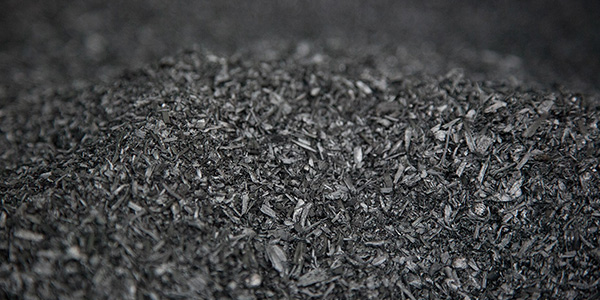Biomass is more valuable for its carbon-capture ability than for its energy production, according to a new global roadmap of strategies to achieve net-zero emissions by 2050.
The study released last month by the Innovation for Cool Earth Forum (ICEF), an annual gathering hosted by the government of Japan since 2004, proposes a new term, biomass carbon removal and storage (BiCRS), to supplant bioenergy with carbon capture and storage (BECCS).
“This topic has been part of the global dialogue on climate change in a number of ways for many years, and it sparks some controversy,” said David Sandalow, inaugural fellow at Columbia University’s Center on Global Energy Policy (CGEP) and chair of the ICEF roadmap project.
Nearly 500 people attended a virtual webinar Tuesday hosted by CGEP, moderated by Sandalow and featuring several authors of the report.
New Tech
“BECCS is something that exists in models, but it doesn’t exist much in reality,” said Roger Aines, energy program chief scientist at Lawrence Livermore National Laboratory. “The number of total operating facilities is small around the world, and most of the ones that are moving a lot of CO2 are basically ethanol plants that are catching CO2 from fermentation.”
The existing knowledge base of converting biomass to energy is based upon a very small number of facilities, and most of them are actually computer simulations, he said.
“One of the big focuses of this report is that the value [of biomass] is in removing the carbon, and we should look at all the ways you can remove carbon,” Aines said.
Biochar — charcoal produced by burning biomass — is an already established method. A brand new concept, bioliquid production, uses pyrolysis to make oil, which is then directly injected underground, Aines said.
“If we’re trying to manage carbon on the planet, we need to make … benefits available to these kinds of technologies so that they can make money doing the jobs they want to do; we just need to add these technologies into the carbon systems that exist in the world today,” Aines said.
Julio Friedmann, CGEP senior research scholar, said policy could drive procurement of low-carbon steel.
“In thinking about the value of biomass, one of the things we spent a lot of time talking about was the idea of biocoke, meaning biomass-based substitutes for coking substances in primary steelmaking and ironworks,” Friedmann said. “That’s something that’s very hard to decarbonize, and biomass could be one of the few things that provides that optionality.”
Possible Harms
The controversy that Sandalow spoke of comes from concerns that using biomass for carbon sequestration harms food security, biodiversity and forests.
“That is absolutely the top thing we worried about when we wrote this report,” said Colin McCormick, adjunct professor at Georgetown University. “We wanted to say, ‘If this is going to happen, what controls are needed, what monitoring is needed, what knowledge is needed to avoid these bad outcomes?’ And you’ll note that a big part of the report is the policy recommendations.”
“The focus is on waste and residue biomass as ones that likely have zero to no impact on food prices or on biodiversity because they are typically byproducts of things that are already happening on the land,” said Daniel Sanchez, an environmental scientist at the University of California, Berkeley.
Counting One, Two, Three
A participant asked how composting compares as a way to store carbon.
“Composting doesn’t tend to be as long-term a source of carbon storage as something like biochar tends to be, but it also highlights something that we tried to emphasize here: that it has another great benefit in that it encourages other long-term carbon storage in soil,” Aines said. “As we think about BiCRS, we want to think about the net carbon for the entire process, and encouraging carbon in soil is a terrific benefit.”
“Composting is probably the No. 1 thing that farmers may really be doing in this country to begin to mitigate climate change,” said Cynthia Rosenzweig, senior research scientist at the NASA Goddard Institute. “It’s really important because it improves the fertility of the fields that it’s stored in.”
Issues with composting include determining the baseline for a farmer’s carbon in the soil, how to assign values to the amount of carbon stored, and to how much credit or monetary value is given to the farm, Rosenzweig said.
In doing carbon accounting, it’s important to differentiate among avoided carbon, reduced carbon and removed carbon, Friedmann said.
“Adding compost may allow you to avoid using fertilizers — that would be an avoidance — and it may be that using a bio-hydrogen can substitute for fossil hydrogen and get you a carbon reduction; but we really wanted to focus on the removal part, of the transfer of CO2 from the air to the lock-up,” he said.





